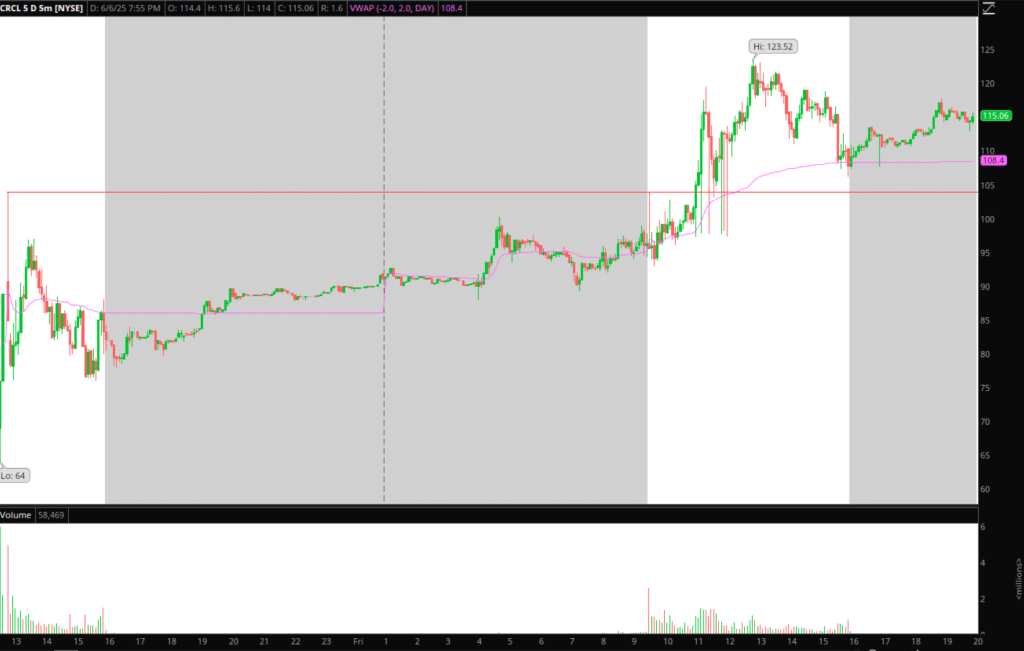
This week, the Australian Transaction Reports and Analysis Centre (AUSTRAC) rolled out a set of updated operational rules for crypto ATM operators. The key provision includes a cap of AUD 5,000 on both deposits and withdrawals when using these machines. In addition, AUSTRAC mandates that ATM kiosks now display scam warning signage and implement enhanced transaction monitoring and due diligence processes for users.
These changes mark a significant regulatory shift for the crypto ATM industry in Australia and come amid growing reports of fraudulent activity.
Scam Victims Overwhelmingly Older Australians
The regulatory crackdown follows findings from an AUSTRAC-led task force that investigated transaction data from nine major crypto ATM providers. The analysis revealed that Australians aged 50 and above make up the majority of users by volume, accounting for nearly 72% of the total transaction value conducted through these machines.
AUSTRAC has said that the data revealed patterns that bear the “hallmarks of scams, fraud, and other illicit activity.” AUSTRAC CEO Brendan Thomas explained, “surprisingly, the 60 to 70 age group was identified as one of the most prolific users of crypto ATMs in Australia,” Mr Thomas said. He continued, “It is a huge concern that people in this demographic are overrepresented as customers using cash to purchase cryptocurrency.”
According to data from the US Federal Trade Commission, people 60 and older are three times more likely to report being scammed by Crypto ATMs. They also note that the reported losses from scams involving crypto kiosks grew from US$12 million in 2020 to $114 million in 2023.
Older people are disproportionately targeted for crypto ATM scams because scammers often view seniors as financially secure, with substantial retirement savings or pensions. Additionally, many older adults may not be familiar with rapidly evolving technologies, including cryptocurrencies and digital wallets. It has also been reported that seniors may be more trusting and less likely to suspect deceit, especially when contacted by individuals posing as authority figures
Federal Police Data Highlights Growing Threat
The Australian Federal Police (AFP) reinforced these concerns, citing a significant rise in reported scams involving crypto ATMs. Between January 2024 and January 2025, the country’s cybercrime reporting system —ReportCyber — received 150 unique reports involving fraud via these kiosks.
This uptick has triggered coordinated action from both AUSTRAC and law enforcement, aimed at shutting down scam vectors and protecting at-risk consumers.
These numbers may just be the tip of the iceberg because, according to AFP Commander Graeme Marshall, most crypto kiosk scams go unreported. He explains — “This could be because victims don’t realise they’ve been the victim of a crime, they don’t know how to report scam activity, or they feel embarrassed because they were scammed.”
Commander Marshall also said information is likely one of the greatest weapons against scammers and cybercrime more broadly.
“The better informed the public is about the warning signs and red flags associated with these scams, the more likely they won’t fall for scammers’ shady tactics,” Commander Marshall said.
“Unfortunately, the reality is that once crypto is sent to a scammer, it’s difficult to trace and almost impossible to get back.”
He says scammers are using increasingly sophisticated tactics to succeed. Commander Marshall implores more scam victims to tell friends and family their stories to raise awareness and prevent others from falling victim to similar schemes.
Exchanges Urged to Self-Regulate on Cash Deals
Although the new rules directly apply only to crypto ATM operators, AUSTRAC has issued a strong recommendation to crypto exchanges across Australia to follow suit. Specifically, the agency has encouraged platforms that accept cash for crypto purchases to voluntarily adopt similar restrictions and increase vigilance.
By extending the reach of these protective measures, regulators hope to create a broader culture of responsibility within the digital asset ecosystem.
Regulatory Signals for the Crypto Sector in Australia
The move underscores a tightening of Australia’s approach to digital asset infrastructure, especially where it intersects with the cash economy. It also reflects a global trend of increasing regulatory oversight over the more opaque and informal corners of the crypto space.
While the measures may place an additional compliance burden on operators, they are also being welcomed as a step toward reducing fraud, improving consumer protection, and bringing crypto services in line with broader financial safety standards.


 4 hours ago
10
4 hours ago
10 










 Bengali (Bangladesh) ·
Bengali (Bangladesh) ·  English (United States) ·
English (United States) ·